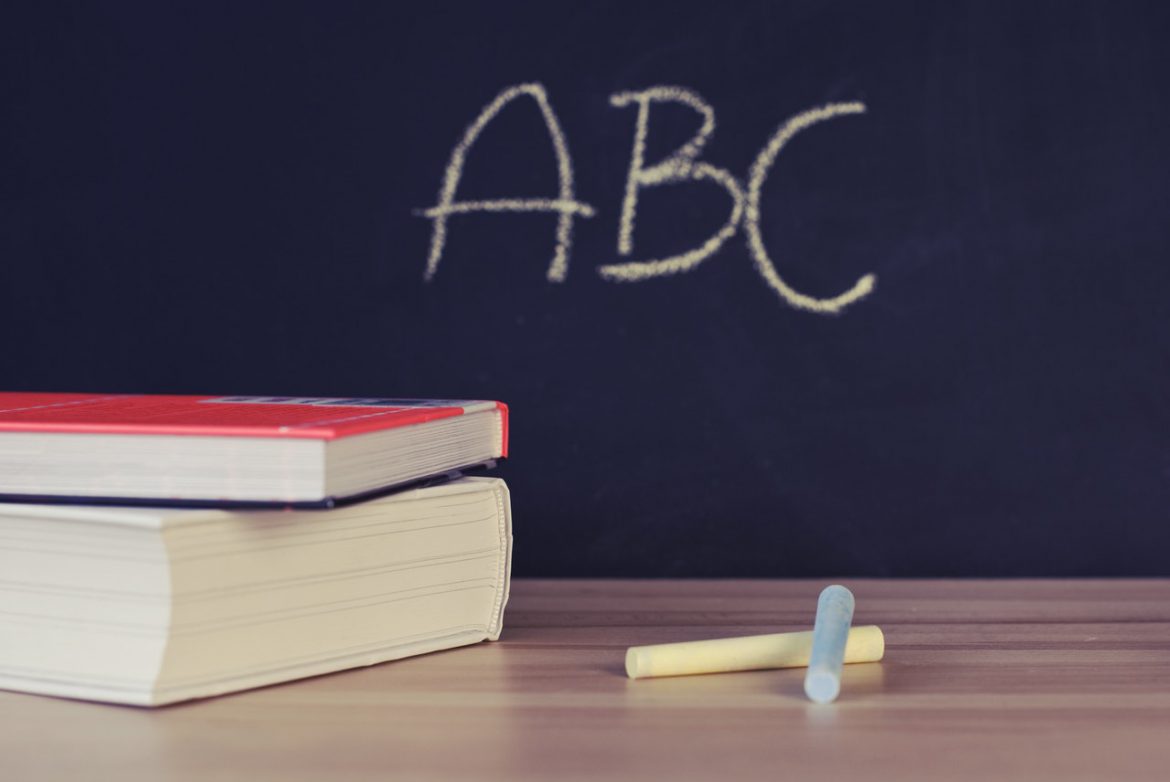Research paper rubric
What is a Rubric
If you have ever taken a class, taught a class, or learned about teaching, you have probably seen a rubric. Rubrics are commonly used tools to set expectations and assess student work. Rubrics are especially useful when grading written work, as they provide a template for grading each student, even when their writing style and topic may vary.
Rubrics and Grading
Teachers often look for transparent and dynamic ways to assess student work. A grading rubric is defined as a scoring guide to help teachers and students understand expectations for each assignment, and also enable teachers to assess work fairly.
Each time a teacher creates a new assignment, they can make a rubric to go with it. This allows teachers to clearly define and describe expectations for the assignment, and sharing the rubric with students will help them make sure they are meeting the learning objectives associated with the work. When it comes time for assessment, teachers can return to the rubric with clear guidelines for scoring each student’s work without ambiguity or surprises. Rubrics generally divide expectations into specific categories and offer a continuum of possible scores within each category.
How to Create a Rubric
To create a rubric, start by choosing an assignment that will require you to grade based on multiple levels or subjective factors. This might be a writing assignment, social studies presentation, group project, etc. It also could be a more interdisciplinary project or one with various competency levels.
Next, think about which categories you will be evaluating students on. For example, in writing, you might create categories for style, voice, mechanics, and organization. The categories you choose will depend on what your learning objectives are.
Third, determine how many different scoring possibilities there will be. Most rubrics offer three to four points per category. Clearly define what students would need to do to earn a four in each category. For instance, to earn four points for mechanics, you might expect writers to complete their work with no punctuation, grammar, or spelling errors. You might also require a very clear and tidy presentation. Then, go back and describe what a piece of work earning fewer points might look like.
Usually, rubrics are formatted in a grid or table so that students can easily follow them. For younger students, you can use fewer words and more pictures to help them better understand their rubrics.
Why Are Rubrics Important?
Rubrics are important for several different reasons. To start, assessment is at the root of good instruction. When teachers have a clear sense of what students are capable of, they are better equipped to define next steps and goals. A rubric enables clear, specific, and transparent assessment, and looking at students’ rubrics can help teachers make note of patterns and plan next steps.
Rubrics also enable teachers to assess student work more objectively and fairly, since they know exactly what to look for. This helps eliminate favoritism and bias from the assessment equation, since a rubric clearly defines precisely what it takes to make a specific score.
Students often appreciate rubrics for how clearly they lay out the expectations and terms of each assignment. Many students look at rubrics while they are polishing their work, and this in turn enables them to be more accountable and independent learners and workers.
Finally, when discussing student work with families or other parties concerned, a rubric provides important documentation of where students may have fallen short of expectations and exactly what each student’s strengths and weaknesses are. Families will appreciate the teacher for taking assessment seriously and holding students to fair, clear, and consistent expectations.
Types of Rubrics
- Holistic rubric: helps assess a student’s development broadly. For instance, there might be categories for evaluating student growth in reading, writing, social skills, and mathematics. Holistic rubrics can be especially useful with younger students.
- Presentation rubrics: are useful for evaluating oral and digital presentations. These rubrics might have categories for format, delivery, digital media, content, and organization, among other things.
- Writing rubrics: are used quite commonly in schools to assess students’ progress with writing. Categories will vary depending on the specific genre and goals, but there are often categories related to content, structure, style, and mechanics.
- Essay rubric: is a type of writing rubric, but it is specifically used in relation to an essay. Categories will likely deal with the clarity of the thesis statement, the evidence used in the essay, and the structure of the essay.
- Project rubric: in today’s schools, project rubrics can be especially important! These rubrics help you evaluate students’ interdisciplinary or in-depth project work. You might have categories for accuracy of content, collaborative work, format of delivery, or timeliness, depending on the overall goals of the project.
- Poster rubrics: allow you to systematically score posters that students make around particular topics. For these rubrics, you might include categories based on design and presentation, as well as content, use of citations, and organizational structure.



